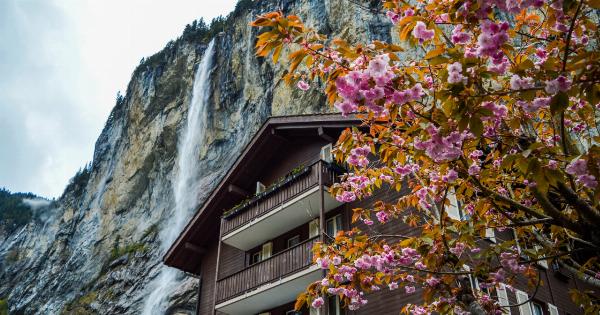As we go through different stages of life, our perceptions, attitudes, and preferences change.
This phenomenon is particularly evident during the school years, where social dynamics and peer influence play a pivotal role in shaping one’s sense of coolness. A recent survey investigated how coolness wanes with age in school, uncovering fascinating insights into the shifting tides of popularity.
The Coolness Quotient: An Elusive Aspect of Teenage Life
Coolness is an abstract concept that holds great significance during one’s school years.
It encompasses various factors such as fashion, interests, and social behavior, ultimately determining an individual’s popularity and acceptance among their peers. However, what is considered cool is highly subjective and can vary widely among different age groups and cultural contexts.
The Survey: Mapping the Journey from Coolness to Maturity
In order to understand the dynamics of coolness in school, researchers conducted a comprehensive survey spanning different age groups.
The survey aimed to identify the changing perceptions of coolness as students progress through their educational journey.
Age Group 1: The Early Bloomers
In the initial years of schooling, children around the ages of 6 to 8 tend to idolize older students who exhibit traits they perceive as cool.
Heroes from television shows, sports personalities, and older siblings often take on the role models of these young minds. The survey revealed that attributes such as athleticism, confidence, and the ability to tell engaging stories were some of the key markers of coolness within this age group.
Age Group 2: The Peer Pressure Zone
As students transition into their pre-teen years, approximately between ages 9 and 12, peer influence becomes the driving force behind the pursuit of coolness. Popular culture, latest trends, and conformity dominate this phase of adolescence.
The survey indicated that possessions like smartphones, designer clothing, and being part of exclusive friend circles were deemed as cool within this age group.
Age Group 3: The Awkward Adolescents
During the teenage years, roughly between ages 13 and 17, the quest for coolness reaches its peak but begins to shift away from materialistic aspects.
Authenticity, uniqueness, and personal talents gain prominence as adolescents strive to establish their individual identities. The survey highlighted that skills like playing a musical instrument, excelling in sports, or displaying artistic capabilities were highly regarded, often leading to increased social status.
Age Group 4: Navigating Towards Maturity
As students approach the end of their high school years, around ages 18 to 19, coolness starts to morph into something entirely different.
Intellectual pursuits, empathy, and leadership skills become prominent, indicating a shift towards more mature qualities. The survey found that engaging in social activism, demonstrating critical thinking, and excelling academically were valued traits among this age group.
The Influence of Peer Groups and Media
Throughout each age group, the influence of peer groups and media is undeniable.
Friends and media figures not only shape one’s perception of coolness but also contribute significantly to the reinforcement or rejection of certain trends and behaviors. The survey highlighted that social media platforms, in particular, had a profound impact on shaping coolness in the modern age.
Implications for Education and Parenting
Understanding the shifting tides of coolness can have vital implications for educators and parents alike.
By recognizing the dynamics at play, they can help young students navigate social pressures more effectively and foster an environment that promotes individuality and self-acceptance.
Conclusion
The survey on changing tides of coolness in school shed light on the evolving perceptions and influencers throughout different stages of education.
From the idolization of heroes in early years to the pursuit of individuality and maturity in later stages, coolness is a concept that transforms alongside individuals. By recognizing and embracing these changes, we can create a more inclusive and supportive environment for students to thrive in.






























